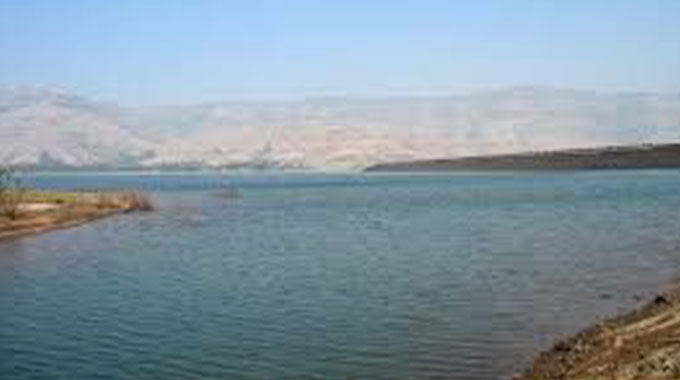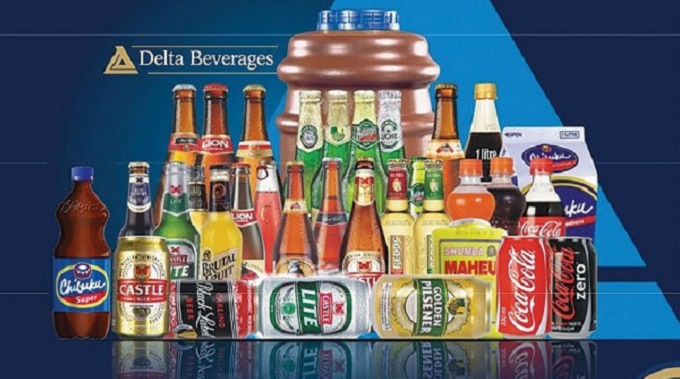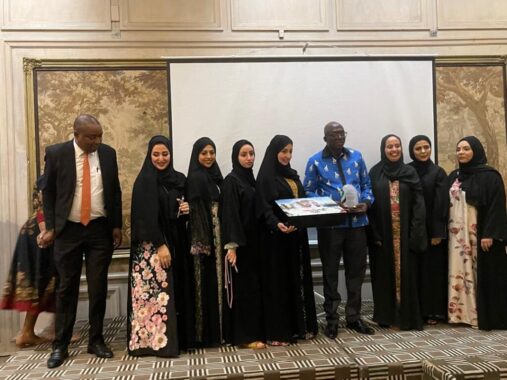Khami Dam water for drinking – BCC goes back to ‘objectionable’ plan

Nqobile Tshili, Chronicle Reporter
THE Bulawayo City Council (BCC) is exploring possibilities of purifying the dirty Khami Dam water for drinking as the city’s water situation reaches critical levels.
The city is conducting a feasibility study on whether recycled Khami Dam water could be safe for drinking.
The study has however been affected by Covid-19 that has seen many projects being suspended.
The council is under pressure to provide adequate water to residents following dwindling water levels at the city’s six supply dams; Insiza, Mtshabezi, Umzingwane, Inyankuni, Lower and Upper Ncema which are all in Matabeleland South province.
The local authority says the Khami Dam water could be purified and used for domestic, commercial and industrial purposes.
It said the water if availed could reduce the city’s water supply deficit.
Council has been forced to impose a five-day weekly water shedding programme in a bid to conserve the dwindling supplies.
The water shedding has seen some areas going for more than a month without running water forcing some desperate residents to fetch water from unprotected sources.
Khami Dam is almost full and it is estimated that the city could get between seven and 10 additional megalitres a day from the dam.
The city’s daily supply is about 130 megalitres which could drop by 59 megalitres when council decommissions Lower Ncema Dam this month.
In an article published in 2007, Zinwa said Khami Dam water was cleaner than that of Lake Chivero supplying the city of Harare.
Council has announced that it requires $910 million or US$22 million to implement medium to long term water projects to improve the city’s water supply while at the same time exploring the use of Khami Dam water.
In the past residents objected to the use of Khami Dam water for drinking arguing that before independence the settler regime used to drown people including freedom fighters in the dam.
Responding to emailed questions, council senior public relations officer Mrs Nesisa Mpofu said the city’s water situation has become so critical making it imperative to reconsider the possibility of using Khami Dam water for drinking purposes.
“The city’s water crisis situation has moved from emergency to critical, meaning a disaster is looming. All solutions will need to be considered in consultation with the users. What however needs to be pointed out is that today’s technology is very advanced such that waste water can be treated to produce potable water of high standards, which can comply with World Health Organisation (WHO)’s drinking water guidelines,” said Mrs Mpofu.
She said the African Development Bank (AfDB) which is funding the Bulawayo Water and Sewerage Services Improvement Project (BWSSIP), is also funding the feasibility study for the use of Khami Dam water.
Mrs Mpofu however said the project has been derailed by Covid-19.
“Due to Covid-19, the process is at technical evaluation of bids. Financial bids are yet to be opened and this will be attended to once direction is received from the donor due to the delays experienced as a result of the Covid-19 lockdown,” said Mrs Mpofu.
Meanwhile, Zimbabwe National Water Authority (Zinwa) engineers have started work on the rehabilitation of boreholes at Nyamandlovu aquifer which is another project meant to boost the city’s water supplies.
“Nyamandlovu our hands are firmly on the deck. The task ahead is well appreciated. The targets are well defined. The team is on the ground and very focused,” tweeted Zinwa on Saturday. – @nqotshili










Comments